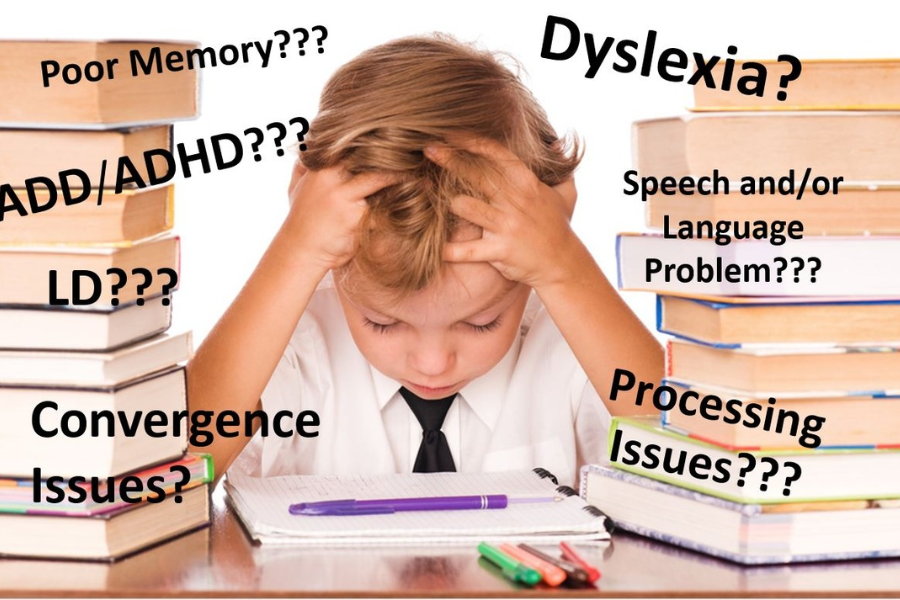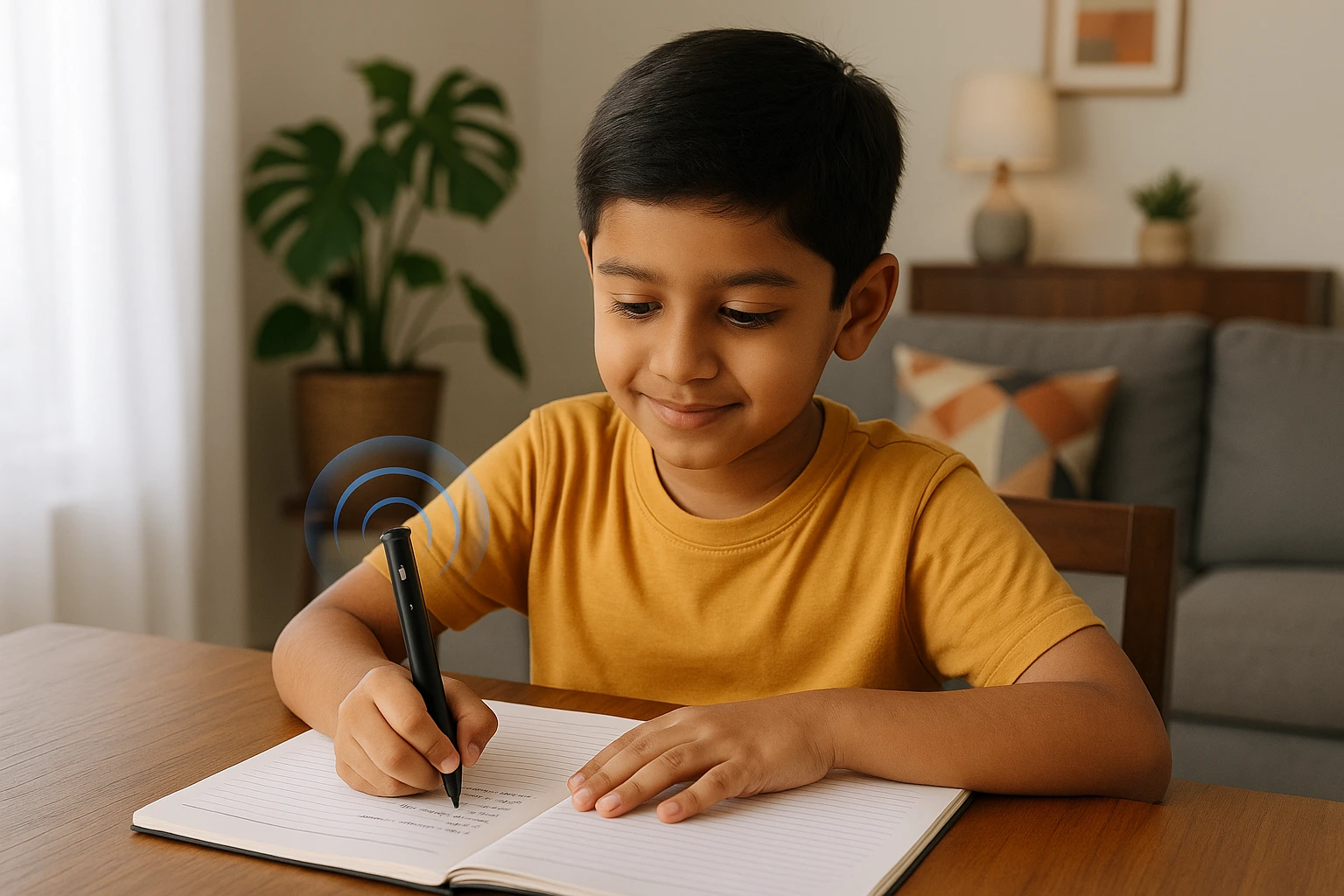Define Dysgraphia
Define Dysgraphia
Define Dysgraphia is a learning disorder that impacts writing ability, handwriting, spelling, and the composition of ideas in written format. Dysgraphia is specifically categorized as a Specific Learning Disability that impacts the competencies of writing, spelling, and grammar. Individuals with dysgraphia find it extremely difficult to put their thoughts on paper effectively. Dysgraphia is a result of poor fine motor skills, which are needed essentially for everyday writing activities.
Those who have this condition may be aware of what they wish to express but cannot express it through written language effectively. Understanding this condition is required for determining the proper support and strategies at an early point.
Table of Content
- What are the Signs of Dysgraphia?
- How is dysgraphia diagnosed?
- What to do if you Notice Signs of Dysgraphia
- Common Dysgraphia Myths
- Treatment for Kids with Dysgraphia
For more information on the LD Course, Call/WhatsApp at +919321024137 / +919869866277
To download the brochure of the LD Course, Click Here!
What are the Signs of Dysgraphia?
The Signs of Dysgraphia can be ascertained when the child begins his early years of learning. When the child fails to attain certain developmental milestones, there are a series of impacts that are manifested in different ways. Dysgraphia has an impact on the overall language development of the child that is not only restricted to writing but even how the child processes language and gives a suitable response through sentence construction. Identifying these early on can be the right support.
Here are important signs to detect, by category:
Handwriting Difficulties
- Messy or illegible handwriting, even after repeated practice
- Inconsistent spacing between letters and words
- Unfinished words or missing letters and words
- Incorrect letter formation—issues with shape, size, and placement
- Mixing cursive and print styles within the same sentence
- Odd posture while writing, including a tight grip or awkward paper angles
Grammatical Errors
- Not being able to spell simple, common words.
- Poor sentence construction, grammatical and wrong usage of punctuation.
- Incorrect sentence structure or jumbled word order
Issues with the Writing Process
- Very slow writing speed compared to peers
- Trouble visualizing words before writing them down
- Avoidance of writing activities due to frustration
- Inability to think and write simultaneously
- Saying words out loud while writing as a coping method
Other Noticeable Signs
- Physical fatigue or discomfort during writing tasks
- Low self-esteem connected to writing performance
- Difficulty accurately copying text from a board or another page
When the above patterns are noticed, it helps to provide the child with the desired tailored support to address their learning challenges. Implementing appropriate strategies and using targeted instruction enables educators to build strong writing skills and enhance their overall language usage.
For more information on the LD Course, Call/WhatsApp at +919321024137 / +919869866277
To download the brochure of the LD Course, Click Here!

Source: plexusnc
How is dysgraphia diagnosed?
Dysgraphia needs a systematic evaluation by a group of concerned professionals from different sectors, as the symptoms might coincide with symptoms of other learning conditions. There is a structured, defined format where input is obtained from varied sources to gain a proper overview of the person’s writing issues.
Here’s how dysgraphia is typically diagnosed
- Initial Observation and Concerns
- Developmental and Educational History
- Comprehensive Evaluation by a Specialist
- Writing Assessments
- Cognitive and Language Testing
- Feedback from Teachers and Parents
- Occupational Therapy Evaluation (if needed)
An accurate diagnosis can be obtained when there is a regular pattern of struggles that seems to affect the academic progress of the child or affects the functioning of the individual. Early recognition of dysgraphia helps to chalk out a structured intervention plan comprising tailored strategies and plans that help manage the difficulties caused by dysgraphia efficiently.
For more information on the LD Course, Call/WhatsApp at +919321024137 / +919869866277
To download the brochure of the LD Course, Click Here!
What to do if you Notice Signs of Dysgraphia?
To find out what you do when you notice signs of dysgraphia, one must ascertain precisely whether the struggles are consistent enough to impact the learning process and daily functioning. Getting an early diagnosis proves beneficial to find the areas of concern and provide solutions for them that help to curb any major challenges that can arise due to dysgraphia. The lack of writing is likely a result of a lack of confidence as well as insufficient support. This needs to be addressed immediately.
If you think you or someone you know is suffering from dysgraphia and needs help, you can take the following steps:
Note down the Issues
- For example, trying to analyze text and showing a consistent struggle to read, either by spelling errors or handwriting other words that don’t belong to the text.
- The initial feelings of anybody who is shown such a text are likely to result in feelings of frustration and avoidance of engaging in more complex writing tasks.
- Referred to as ‘cluttered thinking,” self-documentation of the issue does help in ascertaining some order. Whether this writing reflects patterns is also worth consideration.
Talk to the Educators or Parents
- Most likely, adults observing you will be willing to help.
- You should also inquire if at other learning settings the same problems are being experienced.
- Discuss with each other, and together can help shed light on these major issues.
Get a Professional Assessment
- Speak to any of these specialists, or reach out for any other specialists’ area of expertise.
- Depending on the nature of the writing, reach out for other writing that requires fine motor skills and some cognitive skills.
- Utilise them to pinpoint if indeed the issue is dysgraphia or any other condition.
Explore School-Based Support
- Inquire about available learning support services or accommodations
- Always ensure that the child receives the benefit of an Individualized Education Plan (IEP) or similar support
- Always urge teachers to provide additional time limits to students or give them the option of typing as an option.
Use Home Strategies
- Incite writing activities for a short duration, giving breaks in between.
- Provide children grip grip-enhancing tools and writing space with properly defined spacing.
- Explain the writing part by simplifying it and breaking it down into small steps.
Foster their emotional growth.
- Offer positive feedback to build confidence
- Avoid comparing their writing to peers
- Motivate them to strive harder by explaining to them that writing does not define their complete performance.
When the individual is guided and supported by using the above steps, it helps them understand that their writing issues can be dealt with effectively without interfering with their overall development, and they, too, can be an active part of a regular mainstream classroom.
For more information on the LD Course, Call/WhatsApp at +919321024137 / +919869866277
To download the brochure of the LD Course, Click Here!

Source: english
Common Dysgraphia Disbeliefs
Learning Disabilities have a string of false beliefs attached to them, making it extremely complicated to address the struggles of it effectively. If these myths are busted, it will help to reduce a lot of problems for individuals with dysgraphia or any learning difficulties.
Breaking such myths helps to get rid of any unwanted barriers that restrict the participation of children in the mainstream classroom.
Myth: Dysgraphia refers to bad handwriting exclusively.
Fact: Dysgraphia has a major impact on not just the physical handwriting but the effects that are far-reaching on the overall language development, involving speech as well.
Myth: Dysgraphia makes children lazy.
Fact: Individuals with dysgraphia have to take double the effort to inculcate better writing skills, which can be extremely taxing for them physically.
Myth: Dysgraphia only affects children.
Fact: It can continue into adulthood without proper intervention or coping strategies.
Myth: Typing will fix everything.
Fact: While helpful, typing doesn’t address all underlying struggles, like organising ideas.
Myth: Dysgraphia occurs because of improper teaching
Fact: Dysgraphia is a neurological dysfunction and does not arise out of poor teaching.
Spreading awareness and destroying false myths helps to create a better inclusive social atmosphere for children, enabling them to get stronger support for a better life ahead.
Treatment for Kids with Dysgraphia
As Dysgraphia impacts the writing skills, the treatment for kids with dysgraphia includes a range of activities that focus on building better motor skills, increasing attention span and carving out a perfect strategic plan that enhances their overall language skills, helping them achieve academic excellence.
- To foster the fine motor skills of the child that help to enhance their writing skills and pencil grip.
- Special education support incorporates customised writing instructions that align with the child’s pace of learning and his comfort.
- Assistive technology, like speech-to-text tools, helps reduce pressure during writing.
- Systematic writing programs help to train children better with basic letter formation, understanding the spacing of the writing paper.
Parents and teachers can also assist children by providing patience, positive feedback, and additional time to complete written work. Schools can make provisions such as oral examination or permitting typed work.
Vidhyanidhi Education Society (Govt. Regd.) provides a Learning Difficulties Course that makes teachers capable of identifying and assisting children with dysgraphia and similar difficulties. This Learning Difficulties Course is suitable for teachers, parents, and therapists.
Master the skills with Vidhyanidhi Education Society‘s (Govt. Regd.) LD Course and transform lives with expert guidance!
For more information on the LD Course, Call/WhatsApp at +919321024137 / +919869866277
To download the brochure of the LD Course, Click Here!
Define Dysgraphia
FAQs
At what Age is Dysgraphia?
Dysgraphia impacts the basic writing skills that are required during the early years of 3 to 5, so the signs start appearing during this period.
Who Diagnoses Dysgraphia?
Dysgraphia is diagnosed by psychologists, special educators, or occupational therapists through observations and formal assessments. Vidhyanidhi Education Society trains experts through its Learning Difficulties Course.





